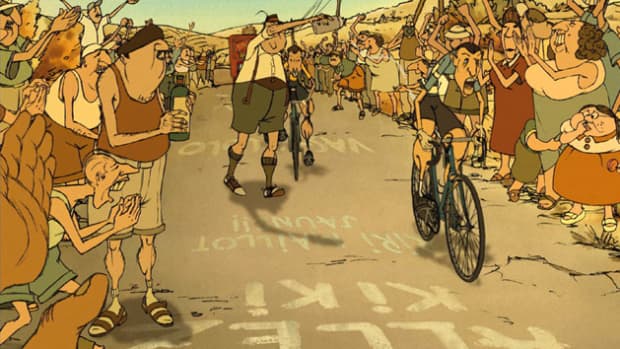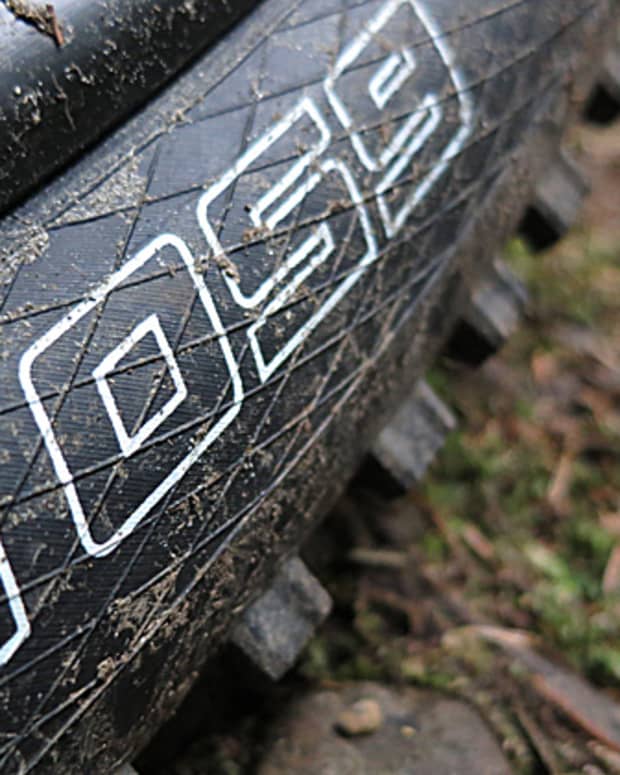A Nod to the Man Who Changed It All
By Vernon Felton
Schwinn recently announced the limited release of 500 commemorative “Fritz Fifty” chrome-plated Sting-Ray bikes.
So what?
That’s a good question.
There are some obvious simple answers here: it’s been five decades since the Sting-Ray debuted, so you’ve got the obvious 50-year Anniversary rationale. That’s always worth a re-issue right there. Al Fritz, the Sting-Ray’s inventor, also passed away this year, so the bike is a bit of a tribute to the man who created what has often been cited as America’s best-selling bicycle.
But let’s stop there for a second: America’s best-selling bicycle. How did that happen?
After getting nearly taken out by a Japanese mortar in World War II, Al Fritz came home to the states and got a job at Schwinn as a welder. Fritz eventually worked his way off the floor and into management. In the early 60s, word spread from Los Angeles that kids were modifying old Schwinn frames—bolting on Ape Hanger bars and adding other accouterments from early choppers. Fritz made the kind of leap of logic which seems so obvious in retrospect, but is often overlooked at the time. The logic goes like this: If my customers are busting their asses to modify my product, wouldn’t it just be easier if I sold them what they wanted?

There was a time when dressing like this didn't get you an ass-whuppin'. Those times are long gone. The Sting-Ray was the epitome of cool back then.
Thus, in 1963, Schwinn cranked out a run of Sting-Rays, despite the fact that no one at Schwinn, aside from Fritz, thought the homely children’s chopper would be a success. The Sting-Rays flew out of bike shops—46.630 of them at fifty bucks a pop. For comparison’s sake, at the time the Sting-Ray debuted, Schwinn generally moved about 10,000 units of their best selling models each year.
Schwinn would have actually sold more Sting-Rays that first year, but they couldn’t get enough 20-inch rubber tires from Uniroyal (their tire supplier) to slap on the things. They rectified that problem in short order. Within two years Sting-Ray-esque bikes (other companies quickly followed Schwinn’s lead) accounted for a staggering 60 percent of bike sales in the United States.

Albert J. Fritz, former executive vice president of Schwinn bicycle company. The man, the myth, the creator of the Sting-Ray.
How many Schwinn Sting-Rays eventually wound up in people’s homes? At the time of Fritz’ passing, the LA Times reported that two million Sting-Rays were sold during the first five years of the bike’s 15-year model run. Millions and millions of the things prowled America's cul de sacs and dirt lots. No matter how you slice it, it’s a hell of a lot of banana seats and ape hangers.

A scene from the quintessential moto movie, "On Any Sunday". This is arguably the first depiction of "BMX" committed to celluloid. And, yes, the kids are on Sting-Rays.
None of this probably comes as a shock if you are anywhere between the ages of 30 and 60. If you fit within that demographic, you’ve probably ridden one of these things at some point in your life. The ridiculously-easy-to-wheelie Sting-Ray also laid the foundation for BMX. As the sixties gave way to the `70s, modified Sting-Rays served as some of the first BMX bikes. Clearly, it was only a matter of time before someone realized that there had to be a better mule for flogging on dirt, but still, when you look at a Sting-Ray, you’re looking at the foundation for dirt riding. A lot of those kids on Sting-Rays became BMX riders and, in short order, went on to become the first generation of mountain bikers.
From the Sting Ray to your mountain bike. Full circle…in a six degrees of Kevin Bacon kind of way.
Happy 50th to the Sting-Ray and a nod of respect to the recently-departed Al Fritz. You may not have met, much less known, Al Fritz, but the man had an impact on anyone who rides the dirt today.









